SET aims to study effects of radiation on satellites.
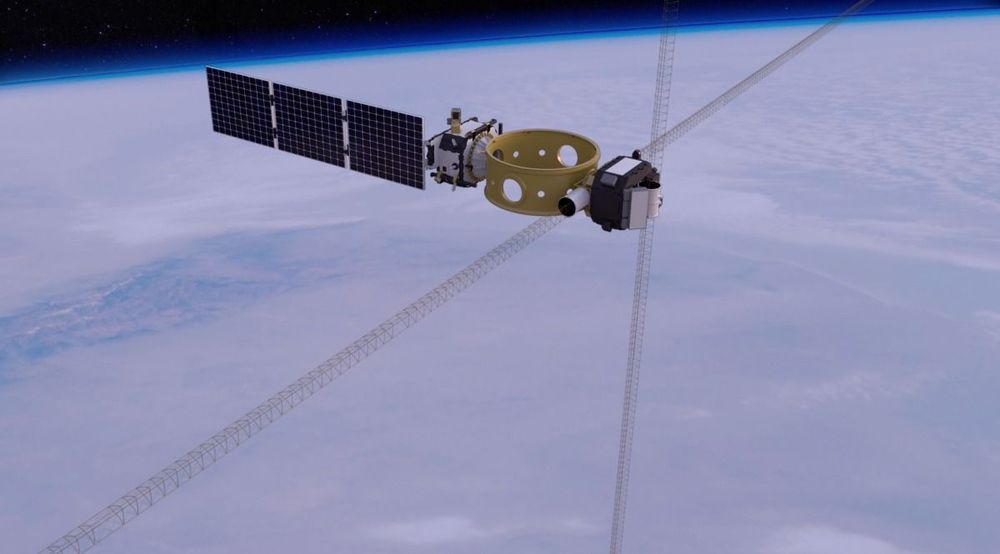

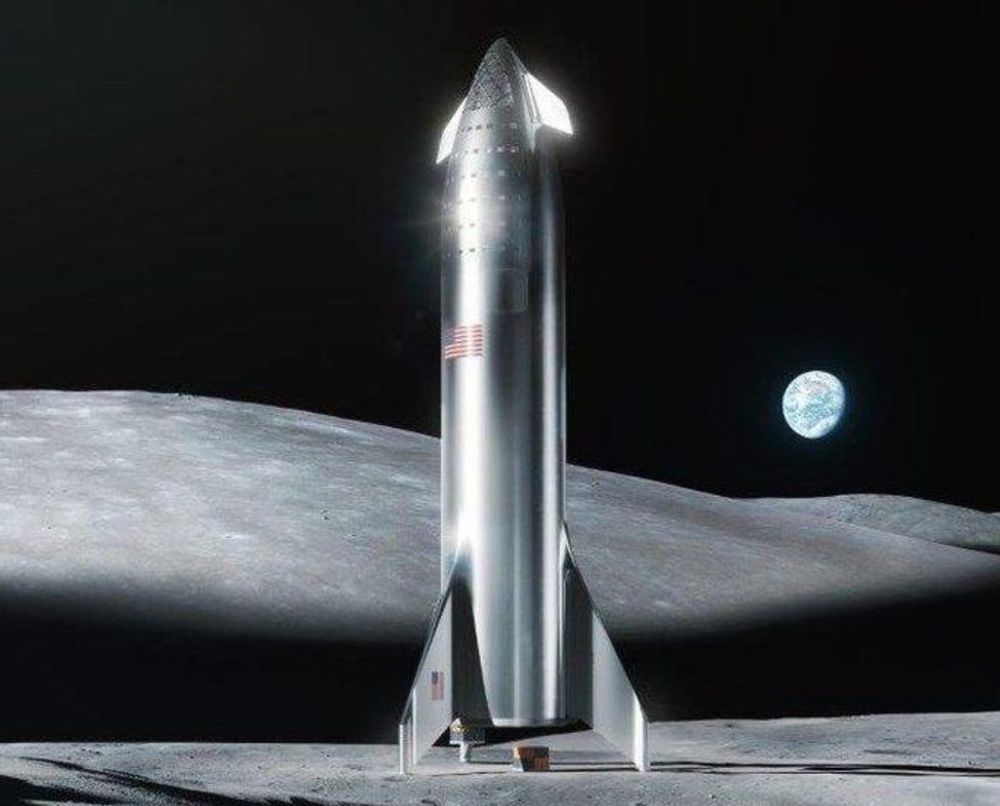
If SpaceX gets a fully reusable Super Heavy Starship flying to orbit in 2020 and then has 100 fully reusable flights by 2023 then the cost of space will drop by 100 times. This will start fulfilling the plans for lunar bases, lunar mining, and space-based solar power.
If each Super Heavy Starship costs $300 million and has $1 million in operating and maintenance cost per flight then the per flight cost is $4 million. Super Heavy Starship is supposed to launch about 100 tons to orbit.
Assuming that 800 Starlink satellites are launched by April 2020, then SpaceX will start doubling its revenue from $2–3 billion to $5–6 billion in 2020 and ten billion in 2021. This will mean that SpaceX will be able to afford to build dozens of Super Heavy Starships.
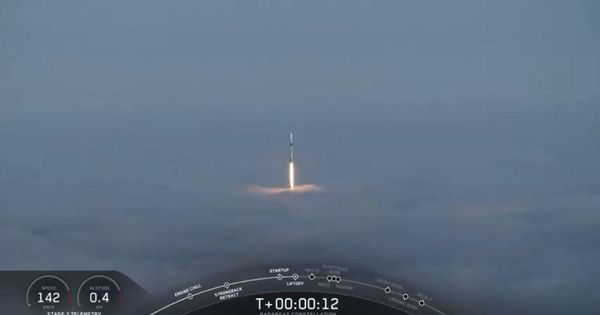
SpaceX has successfully launched a rocket carrying three Canadian satellites into orbit, the company’s seventh launch of the year.
At 7.17 A.M. Pacific time today, SpaceX’s Falcon 9 rocket lifted off from the Vandenberg Air Force Base in California. About eight minutes after launch, the first stage of the booster touched down at the company’s Landing Zone 4 near the launch site – only the second ever landing here.
This was also the second time this booster had launched, having gone to space previously on the historic first uncrewed demonstration mission of the Crew Dragon spacecraft in March this year. That mission launched from Cape Canaveral in Florida, whereas this was SpaceX’s 15th ever launch from Vandenberg of their 79 total launches.
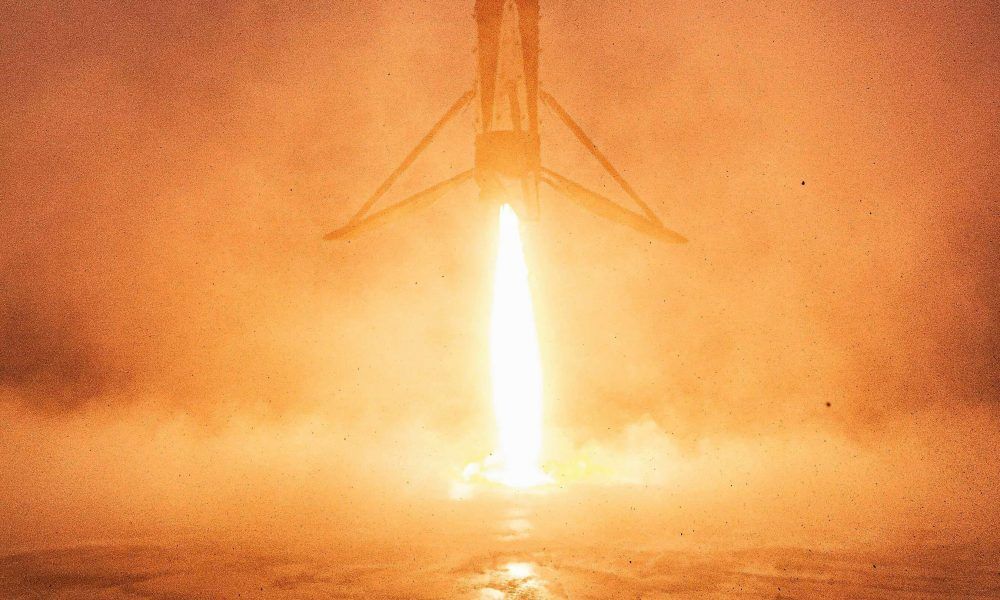
SpaceX has completed its last California Falcon 9 launch of 2019 and the company’s official pictures of the mission are unexpectedly spectacular considering the near-zero visibility incurred by coastal fog.
Lifting off on June 12th, Falcon 9 successfully delivered the Canadian Space Agency’s Radarsat Constellation Mission (RCM) – likely weighing ~5000 kg (11,000 lb) – to a 600 km (370 mi) sun-synchronous orbit (SSO). Made up of three separate Earth observation satellites, RCM has a combined value greater than $1 billion and has thus become the single most expensive payload – perhaps by as much as a factor of two – SpaceX has ever launched. Although disappointing, RCM made for a spectacular temporary finale to SpaceX’s West Coast launch activity, likely the company’s last Vandenberg Air Force Base (VAFB) mission for at least 6–9 months.
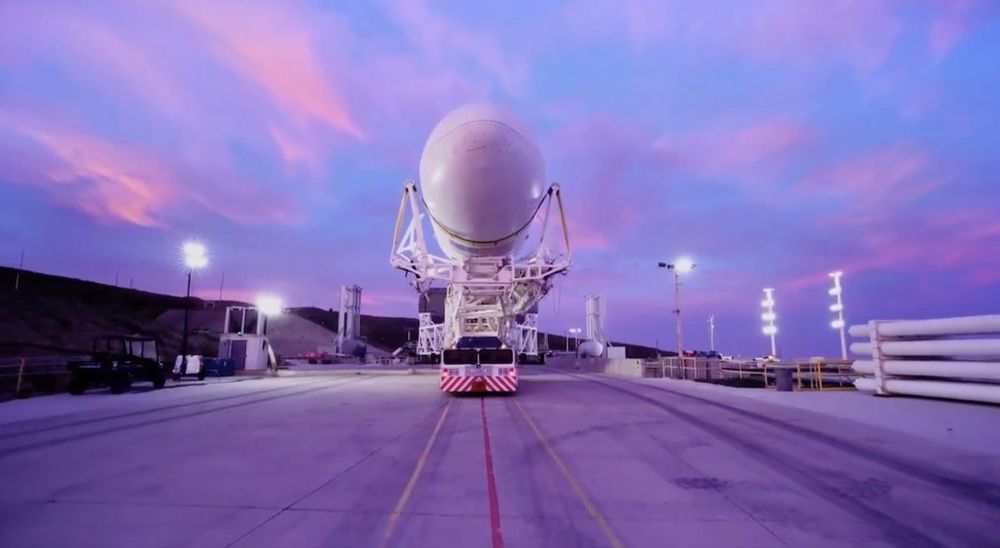
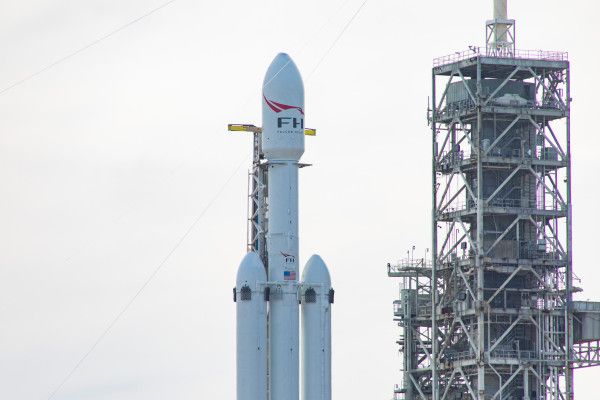
SpaceX’s next mission for its Falcon Heavy high-capacity rocket is set for June 24, when it’ll take off from NASA’s Kennedy Space Center in Florida with 20 satellites on board that comprise the Department of Defense’s Space Test Program-2. That’s not all it’ll carry however: There also will be cargo pertaining to four NASA missions aboard the private launch vehicle, including materials that will support the Deep Space Atomic Clock, the Green Propellant Infusion Mission and two payloads that will serve scientific missions.
NASA detailed all of these missions in a press conference today, going into more detail about what each will involve and why NASA is even pursuing this research to begin with.
If you thought SpaceX launching 60 Starlink satellites at once was impressive, Cornell University has managed 105 small satellites. The ChipSats, called Sprites, forming a swarm of cracker-sized nanosatellites were deployed from the Kicksat-2 CubeSat on March 18, 2019 at an altitude of 300 km (186 mi) and contact was established by Stanford University and NASA Ames engineers the next day by a Cornell satellite ground station.
Physicists at the National Institute of Standards and Technology (NIST) and partners have demonstrated an experimental, next-generation atomic clock — ticking at high “optical” frequencies — that is much smaller than usual, made of just three small chips plus supporting electronics and optics.
Described in Optica, the chip-scale clock is based on the vibrations, or “ticks,” of rubidium atoms confined in a tiny glass container, called a vapor cell, on a chip. Two frequency combs on chips act like gears to link the atoms’ high-frequency optical ticks to a lower, widely used microwave frequency that can be used in applications.
The chip-based heart of the new clock requires very little power (just 275 milliwatts) and, with additional technology advances, could potentially be made small enough to be handheld. Chip-scale optical clocks like this could eventually replace traditional oscillators in applications such as navigation systems and telecommunications networks and serve as backup clocks on satellites.

Mark Handley (UCL, University College London) has simulation showing the orbits of various SpaceX Starlink satellite constellations. There are simulations of 72, 264 and 11927 satellites. SpaceX is launching 60 satellites at a time. SpaceX has 60 production Starlink satellites in orbit now for testing.
SpaceX plans six more launches of Starlink satellites by the end of the year and should have enough for an initial 720 satellites for North America, Europe and Asia service by March or April 2020.